Two Iconic Drives, One Big Question
If you’re heading to the Smokies and trying to decide between Cades Cove or Roaring Fork, let me tell you—you’re not alone. It’s one of the most common questions I hear from first-timers and return visitors alike. And the truth is, it’s not about which loop is better. It’s about which one gives you the kind of Smoky Mountain experience you’re after.
Do you want to spot a black bear grazing at sunrise in an open meadow? Or would you rather wind through moss-draped trees beside tumbling mountain streams, with the scent of wet earth filling your lungs? That’s the kind of choice we’re talking about.
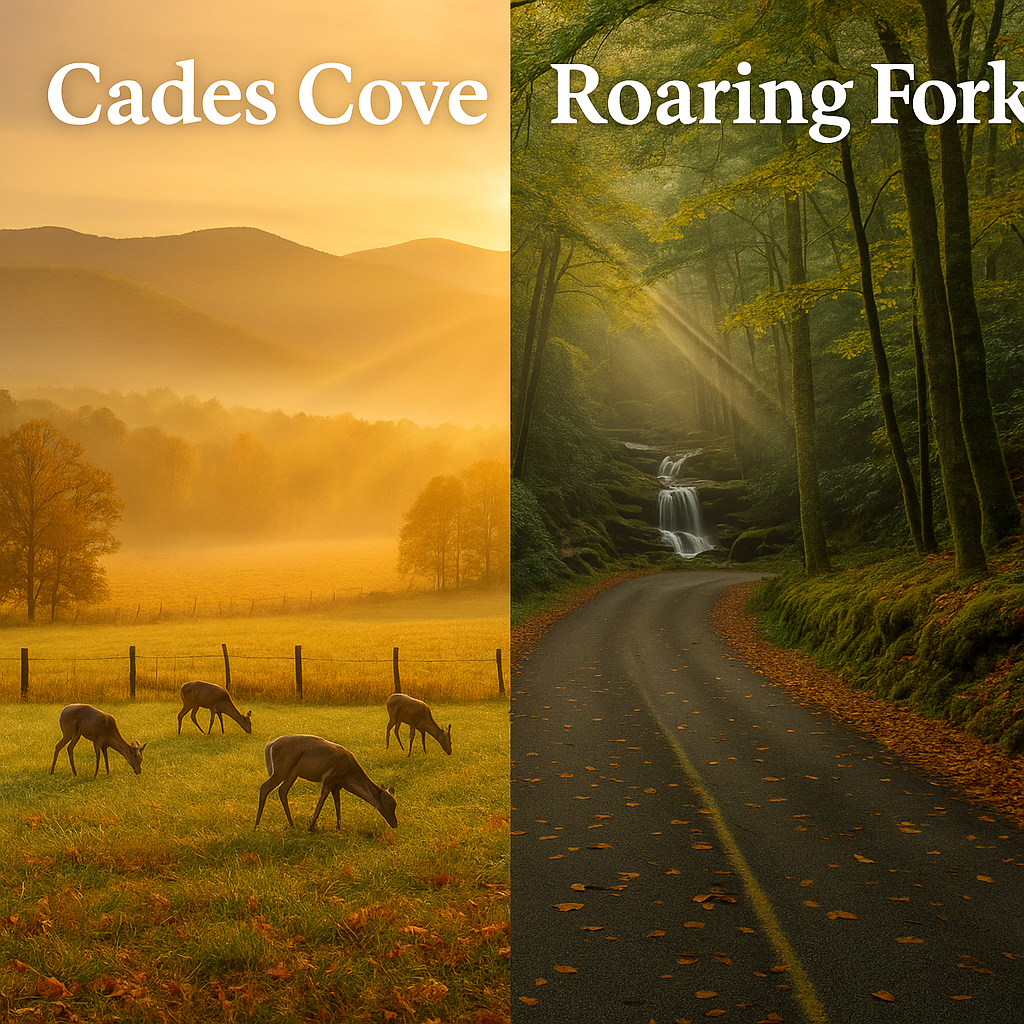
Both Cades Cove and Roaring Fork Motor Nature Trail are unforgettable drives. Both are rich in history, scenery, and the kind of Appalachian soul that makes this region so special. But they’re also very different—one is broad and expansive, the other intimate and shaded. One offers long views of valley life and wildlife, the other leads you deep into the forest’s heartbeat.
I’ve driven both loops more times than I can count—during quiet off-seasons, peak leaf peeping weekends, and even in the soft haze of a summer rainstorm. Each one has a time and purpose. And if you’re visiting Gatlinburg with a limited schedule, choosing the right one can absolutely make or break your day.
This guide is your roadmap to making the right call.
I’ll break down the highlights, differences, and expert tips for each loop—plus when to go, what to bring, and what you absolutely don’t want to miss. And if you’re still torn by the end? I’ll even tell you how to squeeze both in without burning daylight or patience.
Let’s dive in and find out whether Cades Cove or Roaring Fork is your Smoky Mountain match.
Cades Cove: The Broad Valley of Wildlife and Legacy
When most people picture the Smokies, they’re actually thinking of Cades Cove—a wide, open valley ringed by mountains and filled with mist, history, and wildlife. It’s one of the most popular—and most beloved—places in the entire park. And for good reason.
Driving the 11-mile loop road through Cades Cove is like time traveling. You’ll pass preserved log cabins, rustic barns, pioneer churches, and even a working grist mill that still grinds cornmeal in the warmer months. The park service has done a remarkable job keeping this place true to its 1800s roots, and there’s something special about stepping out of your car and into a homestead where a family once raised crops, worshipped, and weathered Appalachian winters.
But what really draws visitors—again and again—is the wildlife. Cades Cove is one of the best places in the Smokies to spot white-tailed deer, wild turkey, coyotes, and yes—black bears. I’ve seen more bears from this loop than anywhere else in the park, especially in the early mornings or right before dusk.
That said, popularity comes with a price: traffic. It’s not uncommon for the full loop to take 2–4 hours in peak season. That’s why I always recommend arriving early (right around sunrise if you can swing it), especially on Wednesdays and Saturdays from May to September—those are the vehicle-free mornings when the loop is only open to bicyclists and pedestrians until 10 AM.
There are also plenty of opportunities to stretch your legs. The short walk to the Elijah Oliver Place, the hike to Abrams Falls, or even a quiet picnic at the LeQuire Cemetery can turn your drive into a half-day experience steeped in nature and reflection.
What I love most about Cades Cove is that it forces you to slow down. It’s not a place to rush through—it’s a place to absorb. With every turn of the road, you’re stepping deeper into the story of this land and the people who lived it.
So if wide-open views, rich history, and a real shot at seeing wildlife top your list—Cades Cove might just be your Smoky Mountain match.
Roaring Fork: The Intimate Drive Through Forest and Falls
If Cades Cove is about big skies and open spaces, then Roaring Fork is where the Smokies lean in close and whisper. This lush, 5.5-mile one-way loop just outside downtown Gatlinburg is a completely different kind of scenic drive—tight, shaded, wild, and wildly underrated.
From the moment your tires hit the narrow road, Roaring Fork wraps you in forest. Towering hardwoods arch overhead. Mountain streams rush just feet from your window. Ferns, moss, and wildflowers blanket the forest floor. It’s like driving through a living postcard.
The name Roaring Fork comes from the stream that races alongside much of the route, and after a hard rain, the sound of water thundering through the hollers is nothing short of spiritual. You’ll find yourself turning off the radio just to listen.
But this loop isn’t just about the drive—it’s also a launchpad for some of the Smokies’ most beloved waterfall hikes. Grotto Falls, for instance, is the only waterfall in the park you can actually walk behind. The Rainbow Falls trail starts here too, leading you on a moderately challenging trek to a tall cascade that catches afternoon light like it was made for photos.
And then there’s the history. Tucked between the trees are preserved log homes, mills, and root cellars from the days before the park was born. Places like the Ephraim Bales cabin and the Alfred Reagan tub mill give a glimpse into a rugged mountain life built from wood, sweat, and resilience.
Roaring Fork is also a drive you can squeeze in when time is tight. It’s shorter, less crowded (usually), and just minutes from the Gatlinburg strip. That makes it perfect for a spontaneous sunset ride or a rainy-day escape when hiking plans get washed out.
Just keep in mind: Roaring Fork is closed in winter, typically from late November through March, due to snow and ice risk on the steep, winding roads. But the rest of the year? It’s like stepping into a secret corner of the park most people overlook.
If you crave waterfalls, woods, and a more meditative, immersive mountain experience, then Roaring Fork might be the loop that speaks your language.
Wildlife Viewing: Cades Cove’s Advantage
If wildlife is high on your Smoky Mountain must-see list, then the answer in the Cades Cove vs. Roaring Fork debate gets a little easier—Cades Cove wins this round hands down.
There’s just something about that wide, sunlit valley. The open meadows, framed by the surrounding mountains, create a natural corridor where animals feel safe to graze, roam, and—if you’re lucky—put on a show. I’ve lost count of the times I’ve spotted black bears wandering near the tree line, whitetail deer calmly feeding near the road, or wild turkeys strutting like they own the place.
The early morning hours are when the valley really comes alive. Mist rises off the fields, birds call out from the fence posts, and the deer are usually out in force. I’ve even had the rare pleasure of spotting red foxes and coyotes trotting across the loop road while the rest of the world was still waking up.
That’s why I always encourage folks to get there before 8 a.m.—not only will you beat the traffic, but you’ll dramatically increase your chances of spotting wildlife. Plus, the lighting for photography is soft and golden, which makes for stunning shots whether you’re using a DSLR or just your phone.
Roaring Fork, on the other hand, is denser and darker. It has plenty of beauty—no question—but the forested terrain makes wildlife harder to spot. You might catch glimpses of birds or squirrels, and once in a blue moon a bear may cross the road, but overall, it’s not the place to go if you’re hoping for consistent sightings.
One big reminder: stay in your car when watching wildlife in Cades Cove. The park has very clear rules about keeping a safe distance—especially from bears. Use binoculars or a zoom lens, and don’t block the road. (You’ll see enough “bear jams” as it is.)
So if your dream trip includes catching a glimpse of a black bear in the wild or watching deer graze in the morning fog, Cades Cove delivers the kind of quiet thrill that turns a drive into a story you’ll tell for years.
Historical Significance and Photographic Opportunities
One of my favorite things about both Cades Cove and Roaring Fork is how they’re not just scenic—they’re storied. These aren’t just pretty drives; they’re windows into a way of life that shaped this mountain region long before the national park signs went up.
Cades Cove: A Valley of Appalachian Legacy
In Cades Cove, history is front and center. The valley was once home to a thriving Appalachian community, and today, you can walk right through it—literally. There are 11 preserved structures, including clapboard churches, log homes, cantilever barns, and an operational grist mill that still grinds corn on demonstration days.
The best part? You can get out and explore them. Walk through the John Oliver Cabin, feel the cool stone of the Primitive Baptist Church, and stand inside buildings where generations prayed, married, and gathered. You don’t just learn about Appalachian life here—you step inside it.
Photographers will love the long sight lines, especially in the early morning when mist clings to the fields and sunbeams filter through the chestnut oaks. Want to capture wildlife and history in the same frame? Cades Cove gives you that shot.
Roaring Fork: A Tighter, More Intimate Glimpse
Roaring Fork, by contrast, offers a humbler—but no less fascinating—look at Smoky Mountain heritage. The historic cabins here are nestled deeper in the forest, making them feel a little more secret, a little more “lived in.”
You’ll find structures like the Ephraim Bales cabin, Noah “Bud” Ogle’s farmstead, and the Alfred Reagan tub mill, all resting beneath thick canopies of poplar and maple. The worn wooden beams and moss-covered roofs make for fantastic detail shots, especially when dappled in the soft light of late afternoon.
And while you might not get sweeping valley views, Roaring Fork is rich in texture—glistening rocks, rushing creeks, and wildflower-lined trails. It’s a dream for close-up shots, long exposures, and moody forest captures.
So which is better? It depends on your lens—literal or figurative.
Cades Cove is wide, grand, and iconic.
Roaring Fork is detailed, layered, and full of hidden gems.
Whichever you choose, just make sure your camera’s charged and your memory card has space—these places don’t just deserve a visit, they deserve to be remembered.
Traffic, Timing & Seasonal Considerations
When it comes to Cades Cove vs. Roaring Fork, knowing when to go is just as important as knowing where to go. Timing can make the difference between a serene drive through nature and sitting in a slow-moving line of brake lights wondering where the magic went.
Cades Cove: Beautiful, But Be Early
Cades Cove is no secret—its open valley views and abundant wildlife make it one of the most visited spots in the entire national park. That popularity means you should expect traffic, especially during peak leaf season in the fall, wildflower season in the spring, and virtually every weekend from May through October.
The 11-mile loop can take 2 to 4 hours, depending on the number of cars and the number of stops. And if there’s a “bear jam”—when folks stop in the middle of the road to snap photos—you might be there a while.
That’s why I always recommend arriving before 8:00 a.m., especially if you want that quiet, misty magic. And don’t forget: on Wednesdays and Saturdays from May through September, the loop is closed to vehicles until 10 a.m., giving bikers and walkers the place to themselves.
Roaring Fork: A Quieter Drive (With a Catch)
Roaring Fork tends to fly a little more under the radar. It’s closer to downtown Gatlinburg, shorter, and easier to do on a whim. That makes it ideal for spontaneous sunset drives or afternoon excursions when your legs are too tired for hiking.
That said, because the road is narrow and winding, it doesn’t take much for things to back up—especially in fall or after a rain when photographers flock to the misty, mossy forest scenes.
And here’s a critical point: Roaring Fork closes in winter, usually from late November through March, due to snow and icy road conditions. If you’re planning a winter visit, Cades Cove will be your only loop option.
No matter which loop you choose, the early hours (or golden hour in the evening) are your best bet. Not only will you avoid the bulk of traffic, but you’ll also catch the park at its most peaceful—when the light is soft, the air is cool, and the Smokies feel like they’re all yours.

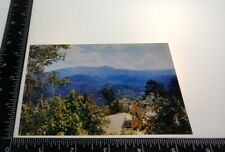








Which Loop is Best For…?
Still can’t decide between Cades Cove vs. Roaring Fork? You’re not alone. Both scenic drives offer unforgettable views and rich Appalachian history—but depending on your travel style, one may suit you just a bit better than the other.
Here’s a breakdown to help you match your vibe to the right loop:
🚙 Families with Young Kids
Cades Cove wins here. The open spaces, rest areas, and abundant wildlife keep little ones engaged. Plus, the loop offers several pull-offs where you can stretch your legs and explore short, easy trails like the one to the Elijah Oliver Cabin.
🧭 Short on Time
Roaring Fork is your go-to. At just 5.5 miles, it can be done in about an hour—even with a few photo stops. It’s also close to downtown Gatlinburg, making it ideal for spontaneous drives.
🐻 Wildlife Watchers
This one’s no contest: Cades Cove is the best place in the Smokies to see bears, deer, and wild turkey. Visit at sunrise or just before dusk for your best chance.
🥾 Hikers & Waterfall Chasers
Roaring Fork is the trailhead for some of the park’s best hikes, including Grotto Falls, Rainbow Falls, and Trillium Gap Trail to Mount LeConte. If you want to lace up your boots and explore on foot, this loop delivers.
📸 Photographers
It depends on your style. For wide-angle valley vistas, sunrise fog, and wildlife-in-the-field shots, go with Cades Cove. For intimate forest scenes, waterfalls, and rustic cabins, Roaring Fork is your muse.
🧘♀️ Peace Seekers
You might expect Cades Cove to be the more tranquil option, but if you go early or during off-peak times, Roaring Fork offers a deep-woods stillness that feels a world away from crowds—especially in the rain or fog.
🎯 Not sure which fits your style? Book lodging near both and decide by sunrise.
Whichever loop you choose, you’re guaranteed a scenic experience steeped in nature, history, and that unmistakable Smoky Mountain soul. And hey—if your schedule allows, why not drive both? They’re two sides of the same breathtaking coin.
FAQ: Scenic Loops in the Smokies
Can I drive both loops in the same day?
Technically, yes—but it’ll be a full day. Cades Cove alone can take 2–4 hours, especially if there’s traffic or wildlife sightings that cause delays. Roaring Fork is shorter at 5.5 miles, but you’ll want time to stop, hike, or take photos. If you’re set on doing both, I’d suggest starting at sunrise in Cades Cove, then heading to Roaring Fork in the afternoon or evening for a quieter forest drive.
Are RVs or trailers allowed on either loop?
Roaring Fork does not allow RVs, trailers, or buses due to its narrow and winding road. Cades Cove is more accessible for larger vehicles, though some of the pull-offs may be tight. Still, smaller is better if you want to navigate either comfortably.
Do I need a reservation or park entry fee?
There’s no entry fee to the Great Smoky Mountains National Park, but a parking tag is now required if you plan to park for more than 15 minutes anywhere inside the park. Tags can be purchased daily, weekly, or annually. You don’t need a reservation to drive either loop—just arrive early, especially on weekends or during peak season.
When is the best time of year to drive each loop?
- Cades Cove is spectacular year-round but shines brightest during spring for wildflowers and fall for foliage and bear activity.
- Roaring Fork is at its most magical in late spring through fall, especially after a rain when the waterfalls are flowing.
Just remember: Roaring Fork closes in winter, while Cades Cove stays open year-round (weather permitting).
Can I hike from either loop?
Yes!
- From Roaring Fork, you can access Grotto Falls, Rainbow Falls, and Trillium Gap Trail to Mt. LeConte.
- From Cades Cove, hikes like Abrams Falls, Rich Mountain Loop, and Spence Field offer incredible scenery and solitude.
Where should I stay to access both loops easily?
Look for lodging just outside downtown Gatlinburg or on the east side near the park entrance. That gives you great flexibility whether you’re heading toward Cades Cove via Little River Road or shooting up to Roaring Fork after breakfast.
Choose Your Loop, Choose Your Experience
When it comes to Cades Cove vs. Roaring Fork, there’s no universal winner—just the one that fits you best. Both scenic loops tell their own stories. Both hold beauty that stops you in your tracks. And both deserve a spot on your Smoky Mountain itinerary at some point.
If you want wide-open views, wildlife sightings, and a connection to Appalachian homesteads, then Cades Cove will move you in ways you didn’t expect. It’s where you slow down, look out across a misty field, and feel like you’re stepping into the past.
But if you’re drawn to the mystery of moss-covered woods, cascading streams, and a quieter, more introspective kind of drive, Roaring Fork offers that in abundance. It’s where the forest leans in close, and you rediscover how to listen.
And if you’re lucky enough to have the time—do both. You’ll come away with a deeper appreciation for how varied and alive the Great Smoky Mountains truly are.
The Smokies aren’t meant to be rushed. Whether you’re marveling at a sunrise in Cades Cove or chasing waterfalls through Roaring Fork, the journey is the destination. So pack a map, a camera, and a sense of wonder—because out here, every curve in the road brings something new.

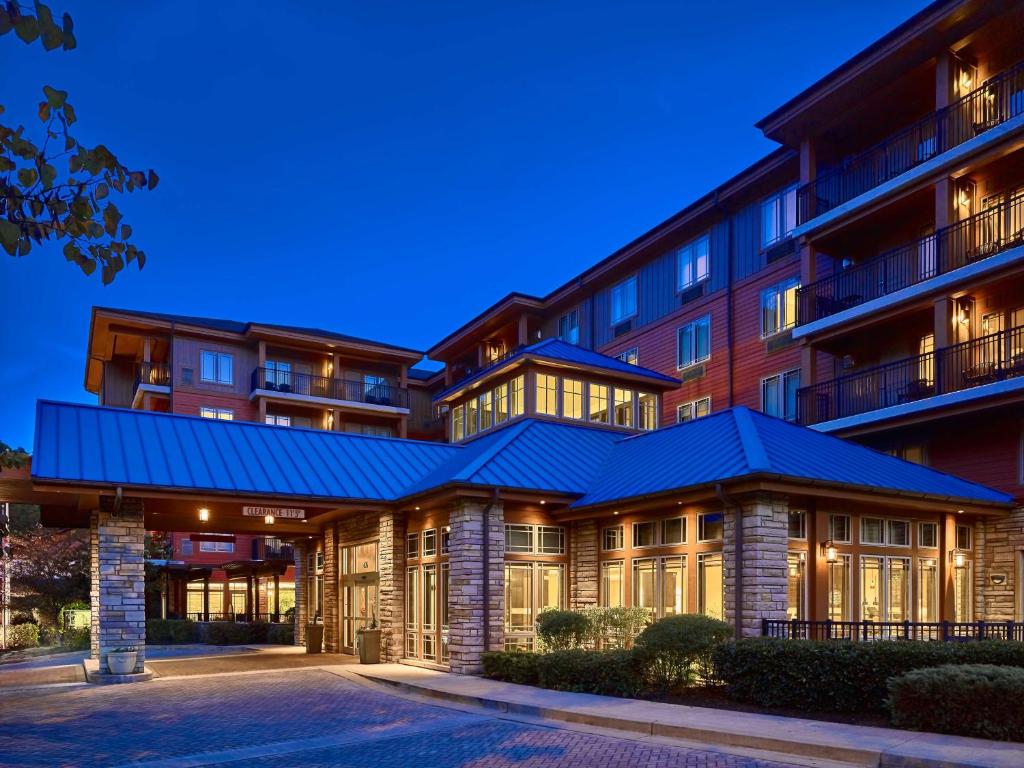





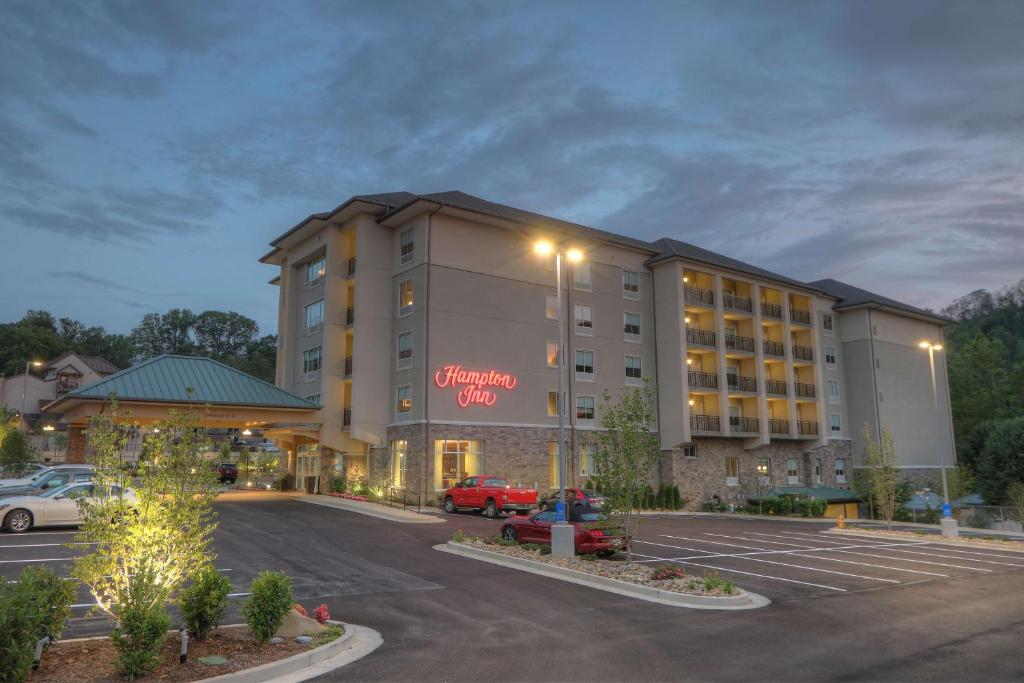
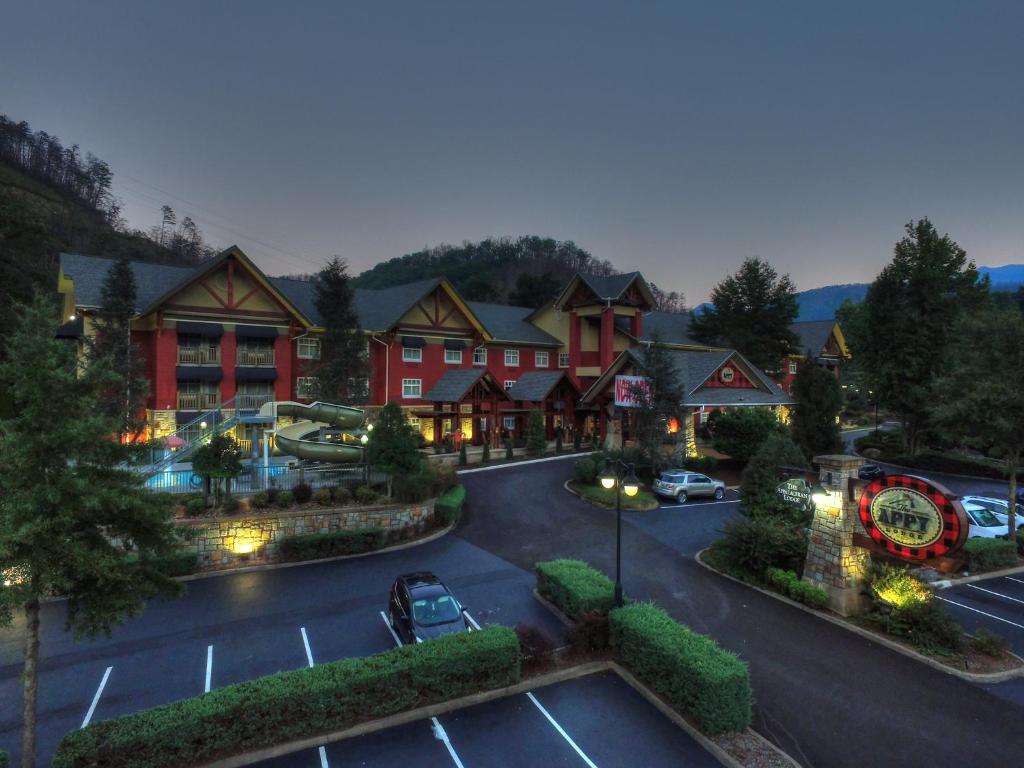







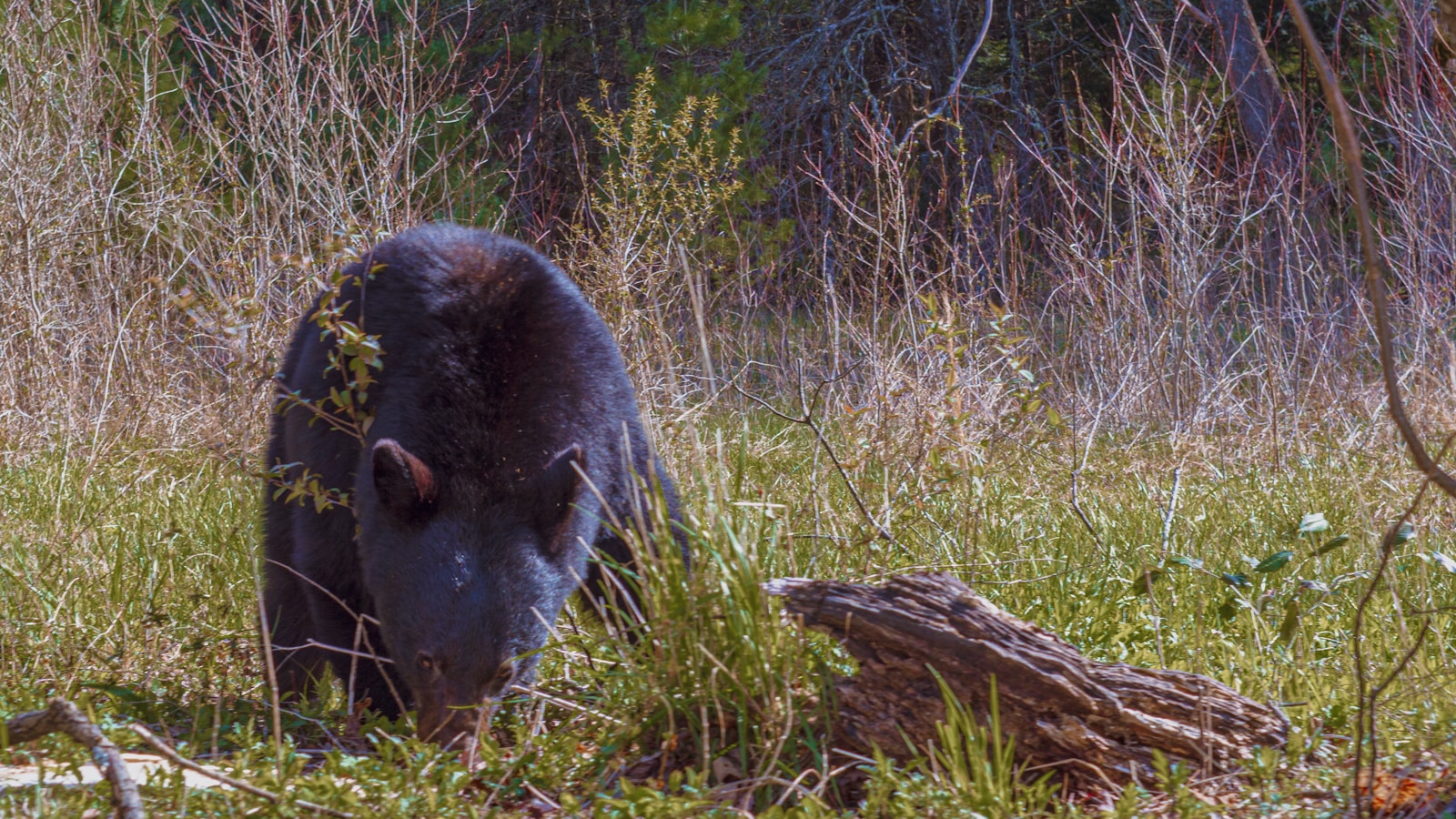
Leave a Reply